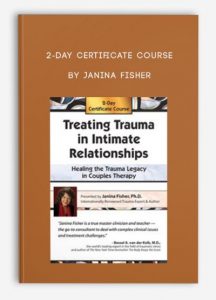 2-Day Certificate Course by Janina Fisher
2-Day Certificate Course by Janina Fisher
More information about Medical:
Medicine is the science and practice of establishing the diagnosis, prognosis, treatment, and prevention of disease.
Medicine encompasses a variety of health care practices evolved to maintain and restore health by the prevention and treatment of illness.
Contemporary medicine applies biomedical sciences, biomedical research, genetics, and medical technology to diagnose, treat, and prevent injury and disease,
typically through pharmaceuticals or surgery, but also through therapies as diverse as psychotherapy, external splints and traction, medical devices, biologics, and ionizing radiation, amongst others.
Medicine has been around for thousands of years, during most of which it was an art (an area of skill and knowledge) frequently having connections to the religious and
philosophical beliefs of local culture. For example, a medicine man would apply herbs and say prayers for healing, or an ancient philosopher and physician would apply bloodletting according to the theories of humorism.
In recent centuries, since the advent of modern science, most medicine has become a combination of art and science (both basic and applied, under the umbrella of medical science).
While stitching technique for sutures is an art learned through practice, the knowledge of what happens at the cellular and molecular level in the tissues being stitched arises through science.
Outline:
Day 1 Program
The Effects of Early Relational Trauma: Emotional, Physiological, Relational
- What is a ‘trauma’?
- Single events versus enduring conditions
- Remembering with our emotions and our bodies
- Procedural or conditioned learning
- Effects on brain and body
Habitually-Learned Survival Responses Recreate the Sense of Threat
- Triggers and Triggering: stay prepared for danger
- Animal defense survival responses in human beings
- Effects of traumatic adaptation on relationships
The Danger of Closeness and the Threat of Distance
- How trauma-related patterns affect the capacity for intimacy
- Body and emotional memories re-create the sense of danger
- Chronic conflict as activation of animal defenses
- Why couples cannot process conflicts or tolerate empathy
Strategies for Working with Couples in Chronic Conflict
- Create neutral space in therapy sessions
- Provide psychoeducation about trauma
- Inhibit destructive patterns in the therapy session
- Practice of new patterns as ‘experiments’
Mindfulness-Based Techniques for Decreasing Conflict and Changing Trauma-Related Patterns
- Mindfulness-based awareness of the ‘play-by-play’
- Notice the effects of their actions on partner reactions
- Observe with curiosity: “Am I getting what I want this way? Is this working?”
Day 2 Program
Shift from “Processing” Issues to Changing Patterns of Response
- A repair model for psychotherapy in place of an insight model
- The therapist as referee rather than empathic listener
- Limits and boundaries on conflict in the therapy
- Limitations of the research and potential risks
Sensorimotor Psychotherapy Techniques for Getting to the Emotions Beyond Words
- Brief introduction to sensorimotor psychotherapy
- Teach couples somatic awareness and dialogue techniques
- Work with the body to decrease tension and ‘charge’ in the relationship
- Use movement and gesture as vehicles for communication
Externalizing Techniques for Increasing Perspective
- Externalizing techniques deter conflictual verbal exchange
- Diagram patterns of conflict
- Use diagramming to help couples take responsibility for their actions and reactions
- Connect to the wounded child in each partner
- Acknowledge the role of child selves in their conflicts
- Sooth and protect the hurt child self
- Increase self-compassion and compassion toward partner
Description:
Even the most experienced therapist can be challenged when it comes to couples who are always at each other’s throats or in constant crisis! What do these couples have in common? They come with an unacknowledged legacy of childhood trauma or neglect.
Early childhood trauma has lasting and dramatic effects on attachment formation and on the later capacity for intimacy and mutuality. Instead of experiencing relationship as a haven of safety, traumatized couples are driven by powerful wishes and fears of closeness.
The enemy is not each other but the trauma.
In this transformational certificate recording, learn from master clinician and trauma expert Janina Fisher, PhD. She will provide in-depth training on the impact of early neglect, attachment failure, and childhood trauma on couple relationships. Janina will help you master a variety of new approaches and methods that can transform your work with your most challenging couples. You’ll learn:
- How to address intense emotions and impulsive reactions that undermine the sense of safety and hope
- Strategies for working with couples in chronic conflict
- Mindfulness-based techniques for decreasing conflict and changing trauma-related patterns
- Sensorimotor psychotherapy techniques for getting to the emotions beyond words
- Externalizing techniques for increasing perspective
Through Janina’s expert insightful commentary, in-session videos of couples, case studies and examples, you’ll develop highly practical, evidence-based skills, and learn powerful assessment tools, case conceptualization techniques and proven clinical strategies that you can immediately apply in your practice.


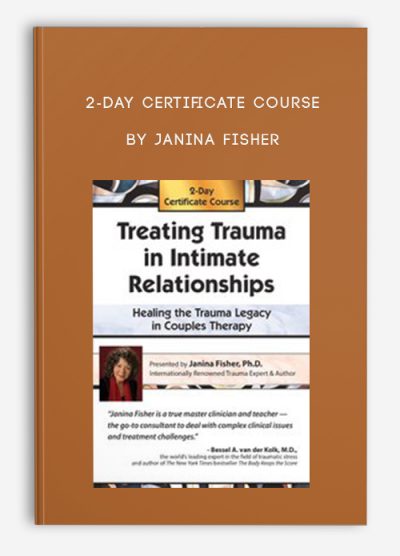



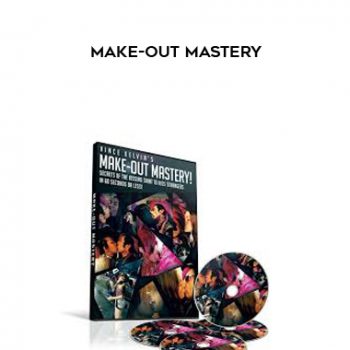
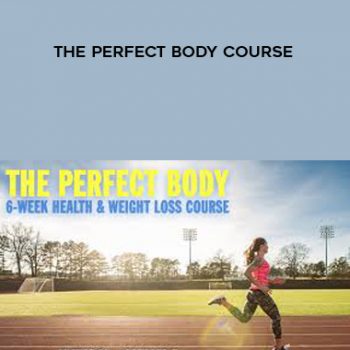
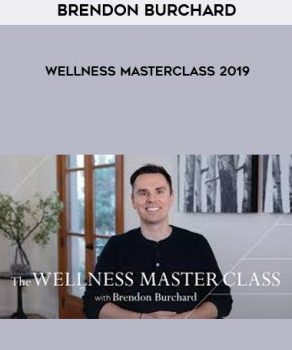




tristian –
This is Digital Download service, the course is available at Coursecui.com and Email download delivery.